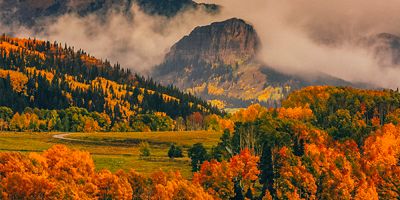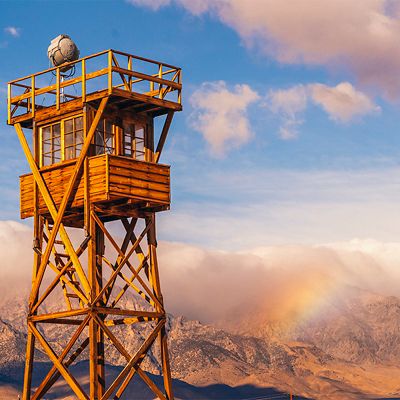If you love scoping for finches, casting for trout, or exploring wild places where animals as diverse as manatees, moose, and salamanders live, then you should know about the United States’ National Wildlife Refuge System. These public lands protect 95 million acres of land and 760 million acres of submerged land and water, yet they don’t get the same attention that’s directed at national parks or national forests. It’s a shame, because national wildlife refuges offer outstanding opportunities to hike, paddle, hunt, fish, and of course, look for wildlife. Get to know your refuges, and you’ll open up a whole new world of recreation.
What are national wildlife refuges?
The federal government created these parcels of public land expressly to protect native species that depend on the landscape’s habitats. Sometimes, that means managing the lands and waters for wildlife health, and sometimes it involves restoring plants or wildlife populations. President Theodore Roosevelt established the first one, Florida’s Pelican Island National Wildlife Refuge, in 1903. Stretching from Alaska to Florida to the waters of Hawaii, these refuges protect deserts, forests, tundra, wetlands, and everything in between.
Who manages them?
The United States Fish and Wildlife Service (USFWS) is in charge of the country’s 568 national wildlife refuges. The agency, which is housed under the Department of the Interior, began as the United States Commission of Fish and Fisheries in 1871, but evolved over the years to its present mission and title. Today, the National Wildlife Refuge System provides habitat for more than 380 threatened or endangered species, encompasses more than 2,100 miles of trails and boardwalks, and includes 63 refuges that have federal wilderness areas. A blue goose symbol represents the agency and its wildlife harbors. Celebrated conservationist Rachel Carson said: “Wherever you meet this sign, respect it. It means that the land behind the sign has been dedicated by the American people to preserving, for themselves and their children, as much of our native wildlife as can be retained along with our modern civilization.”










